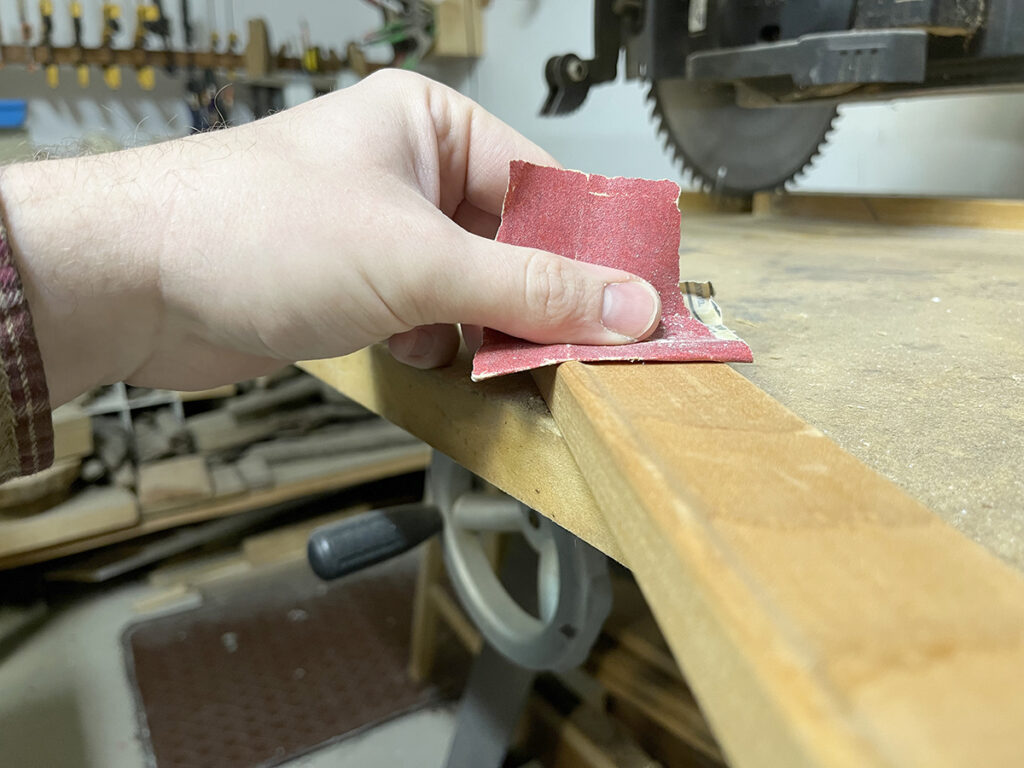Artists by trade are regarded as expert employees. This is why, in the Renaissance, terrific masters would train apprentices their craft from commence to complete. The apprentice would see a painting commence as a wooden body, transfer to a stretched and primed canvas, then to a globe-renowned and priceless relic. This assisted the apprentice to discover and fully enjoy all the operate that goes into creating a completed portray.
Although we never usually have the time to carry pupils along for each and every move in a procedure from start off to complete, we can train them how to stretch their canvas. Pupils acquire for granted that they can get artwork materials with one click on and have them get there on their doorstep two times afterwards. College students will be able to see firsthand how substantially time and preparation can historically go into a portray prior to paint ever enters the image! It can also be really spending plan-friendly to extend your possess frames, particularly if you have a secondary or innovative portray training course. Students can also create custom made measurements and shapes.
Now, we will crack down how to stretch your very own canvas with pro ideas along the way.

1st, let us appear at the supplies you will need to stretch your canvas:
Instruments for the task are straightforward. Here’s what you will have to have:
* If clamps are unavailable, you can also use brads or flat “L” brackets.
After you get the provides and equipment, begin stretching a canvas!
1. Round or angle the wood edges.
Use sandpaper to round the within edges of the wooden. A different option is to use a table saw, router, or planer to angle the edge at a 45° angle. This makes certain the wooden stretcher body will not be obvious from the entrance of the painting. If you do not conduct this move, you will see a sharp line from the edge of the wooden underneath your completed painting that is challenging to conceal.

2. Construct the stretcher frame.
Establish the length and width of your canvas. Slice your 1″ x 2″ bars to the sizes you will need. Use a miter slice so every piece is at a 45° angle. Evaluate from the for a longer period side to establish your measurements. Dry healthy your parts and make guaranteed the corners line up to make a 90° angle.

3. Glue the stretcher frame.
If the dry match is satisfactory, use a small bead of glue to each individual mitered angle.

4. Clamp the stretcher body.
Clamp the 1″ x 2″ bars alongside one another utilizing clamps or a framing strap. It is also advisable that you put a large object, like a e book, fat, or paint can, on each corner to hold it from warping. Wipe excessive glue off with an previous rag.
If you do not have any clamps, you can glue the miters and brad or “L” bracket the corners with each other.

5. Lower your canvas.
Use scissors to slash your canvas two or three inches even bigger than your stretcher body. For instance, if your stretcher is 16″ x 18″, slice the canvas to 19″ x 21″. This leaves enough place to extend the canvas around the back of the stretcher frame and staple it in area.

6. Staple the canvas to the stretcher body.
Lay out your slice canvas and position your stretcher body on prime. Pull the edges of your canvas as limited as attainable and staple them to the back of the stretcher body. You can use a pair of canvas pliers to extend the canvas.

To prevent the canvas from shifting, begin with just one “tack” staple on every side of the canvas to preserve it in spot. Start out on a single aspect and staple your way close to the canvas. Go away a tiny house in between staples, but do not skimp. Maintain a staple-duration place among each and every staple to ensure a robust, restricted canvas.

For the corners, fold them neatly and staple them in spot with a couple of additional staples.

6. Primary the canvas.
Use a big brush and gesso to primary your recently stretched canvas, like the edges. Apply a minimum amount of two levels of gesso and wait around 30–60 minutes involving coats. You can constantly utilize additional coats if you want a lot more coverage. Allow 24 several hours for the gesso to dry entirely prior to portray on the area.

If the canvas appears a very little unfastened just after the gesso is dry, flip the canvas about and paint a significant “X” or square on the back. This will tighten the canvas just a bit!

No matter whether stretching canvases for expert or individual use, educating or mastering this craft is a must have. It carries on effective techniques and requires college students from the begin of prepping a content to the close consequence for a entire artwork output encounter. With a handful of supplies, students can make personalized canvases in no time for a portion of the price tag. We hope you give this course of action a try out and see how basic it is!
What will you paint on your newly stretched and gessoed canvas? Examine out these Professional Packs for some ideas:
Share your professional ideas for stretching a canvas!
What other art instructor DIYs do you want to see coated?







